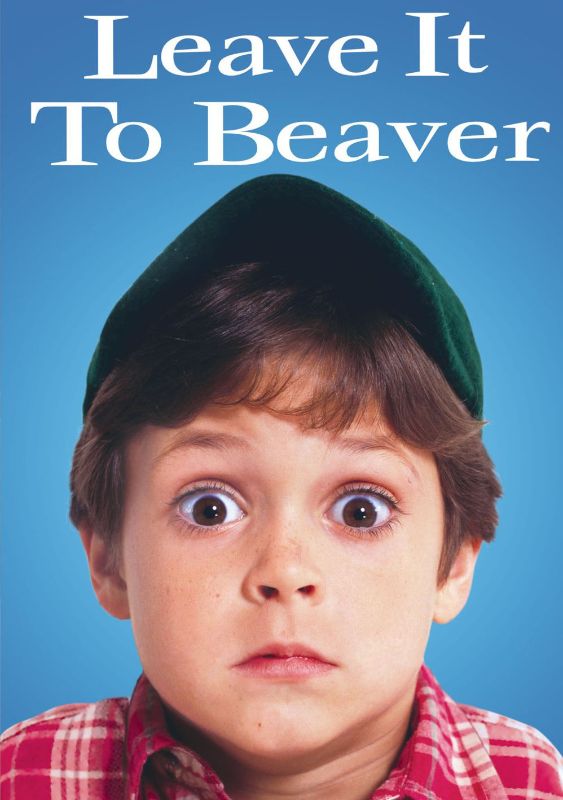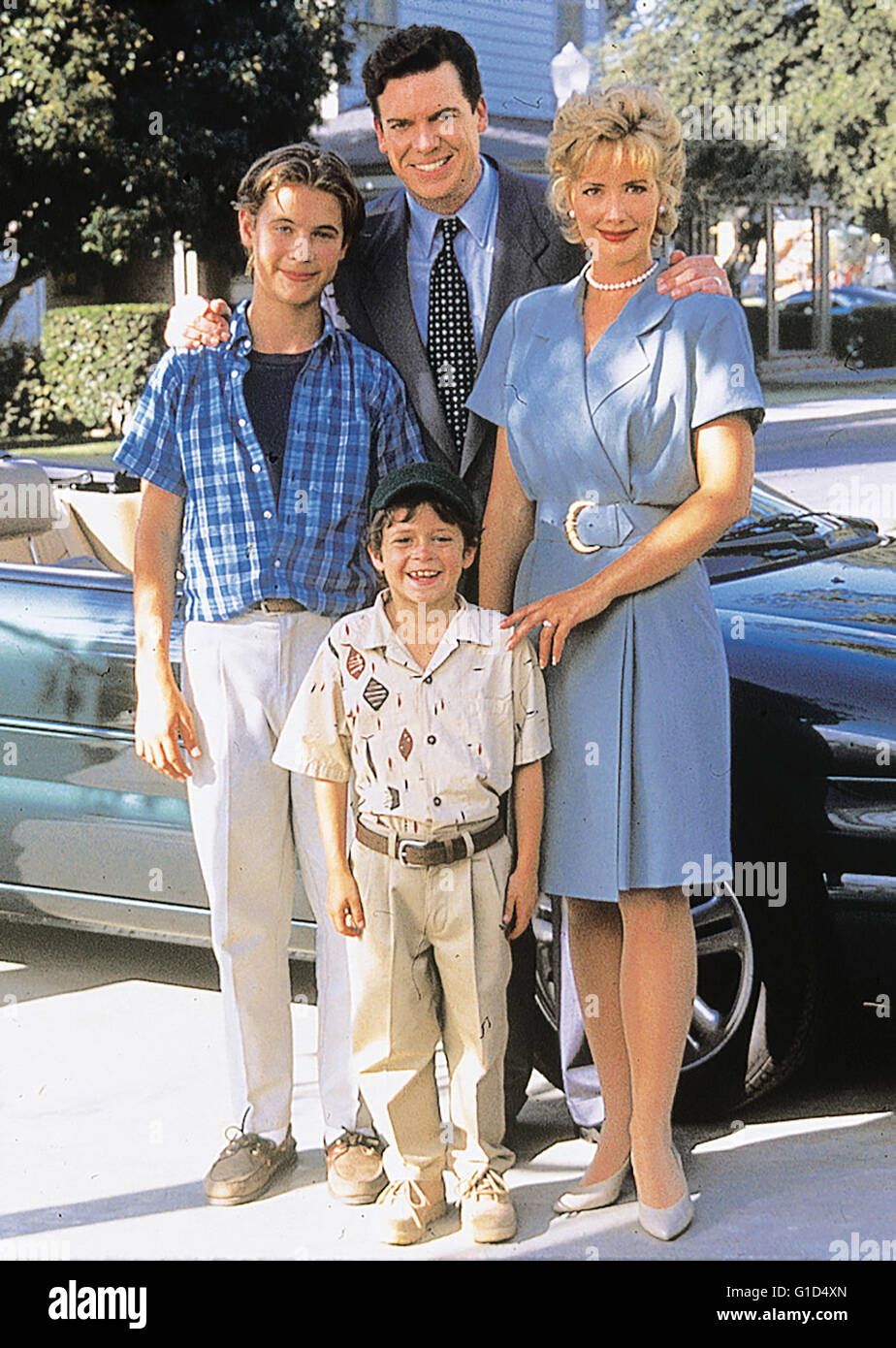Ever wondered how a television show, seemingly simple in its premise, could capture the essence of an era and resonate for decades? **Leave It to Beaver, a sitcom born in the heart of the American mid-century, wasn't just a show; it became a cultural touchstone, reflecting and, arguably, shaping the aspirations and anxieties of a generation.**
The series, which first graced the screens on CBS on October 4, 1957, before finding its long-term home on ABC, presented a carefully constructed vision of suburban life. Following the episodic adventures of Theodore Beaver Cleaver, his family, and his friends, Leave It to Beaver offered audiences a glimpse into an idealized world, one where problems were often resolved within a half-hour and the values of family and community reigned supreme. But beyond the surface of wholesome entertainment, lay a complex interplay of social commentary, cultural influence, and enduring appeal. The show's legacy is a testament to its ability to tap into the collective consciousness of a nation undergoing profound changes.
| Attribute | Details |
|---|---|
| Show Title | Leave It to Beaver |
| Genre | Sitcom |
| Original Run | October 4, 1957 – June 20, 1963 (CBS & ABC) |
| Main Cast |
|
| Setting | Suburban America (Idealized) |
| Themes | Family, Community, Morality, Growing Up, Suburban Life |
| Cultural Impact |
|
| Notable Aspects |
|
| Origin of Term | The term Leave it to Beaver comes from the TV show of the same name. |
| Show's Symbolism |
|
| Show's Relevance | The show was an artistic expression of a particular time in history. After the tumult of World War II, Americans longed for tranquility and order. |
| Reference Website | Wikipedia |
The show’s very structure, with its predictable narrative arcs and clear moral compass, provided a sense of comfort and stability during a time of rapid societal transformation. Post-World War II America was a nation in transition, grappling with the anxieties of the Cold War, the burgeoning civil rights movement, and the ever-changing landscape of social norms. Leave It to Beaver offered a reassuring escape, a carefully constructed world where problems were often resolved by episode's end, and traditional values prevailed. It reinforced the ideal of the nuclear family, presenting Ward Cleaver as the wise patriarch, June Cleaver as the devoted homemaker, and Wally and Beaver as all-American boys navigating the complexities of childhood.
The enduring popularity of Leave It to Beaver can also be attributed to its shrewd marketing and syndication strategy. The show's owners aggressively marketed and syndicated the show, long before the cable-fueled revival of black-and-white television. Its ability to resonate across generations, even as the cultural landscape evolved, is a testament to its enduring appeal.
However, the show's portrayal of American life also reflects the limitations and biases of its time. The Cleaver family, with their pristine home, stay-at-home mother, and emphasis on conformity, represented an ideal that was far from attainable for many Americans. Critics have pointed out the lack of diversity and the perpetuation of gender stereotypes within the show's narrative. June Cleaver, for example, embodied the ideal of the perfect housewife, her primary role being to support her husband and raise her children. This portrayal, while comforting to some, reinforced societal expectations that limited women's opportunities and roles.
The show's impact extends beyond mere entertainment; it became a part of the American lexicon. The phrase Leave it to Beaver itself has transcended its literal meaning. It has become a shorthand for a range of concepts, from the simple, don't worry about it to a sarcastic commentary on an overly optimistic or naive view of the world. The very phrase conjures images of suburban tranquility and the idealized family life depicted on the show.
The show’s legacy lies not only in its entertainment value but also in its ability to reflect and shape cultural narratives. It tapped into the anxieties and aspirations of a generation, creating an idealized vision of American family life. The show’s influence can be seen in countless subsequent sitcoms, which adopted similar thematic elements and storytelling techniques. While the show's portrayal of American life was undoubtedly filtered through the lens of the time, it offered audiences a comforting escape and a sense of shared cultural experience. The show's staying power is also a testament to its ability to tap into universal themes of family, community, and the challenges of growing up.
The show's longevity is also a testament to its skillful writing. The characters were well-developed, relatable, and funny, and the storylines, while often simplistic, were engaging and thought-provoking. The show's writers understood how to create humor from everyday situations. The show's ability to portray the universal experiences of childhood and adolescence has enabled Leave it to Beaver to remain relevant to new generations.
The show’s enduring popularity is a result of a number of factors, including the relatable characters, the humorous situations, and the show's ability to reflect the values of a particular time in history. The show's success also rests on the show's cast, who did a great job of bringing the characters to life. The show’s ability to reflect the American experience is a testament to its importance in the history of television and its ability to endure the test of time. As we commemorate Leave It to Beaver, we must remember its capacity to be a mirror of the American dream, and to be a constant reminder of our cultural past.



